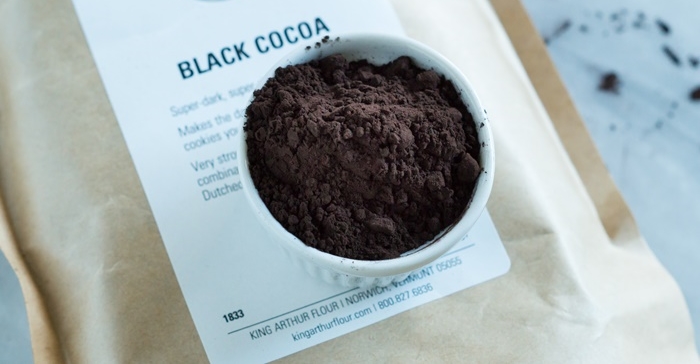I'd like to introduce you to my one true love, cocoa. (Don't tell my husband.)
Let's talk about the different kinds of cocoa - natural, Dutch-process, rouge, and black - and when to use them.
Natural cocoa powder on left, Dutch-process on right.
Natural Cocoa Powder
Natural cocoa powder: Usually labeled as just "cocoa" or "unsweetened cocoa powder," natural cocoa is light in color, acidic, and can have a sharp flavor. The natural acid present reacts with baking soda, so you'll find it in recipes that call for baking soda.**
Recipes using natural cocoa:
- cocoa bliss balls
- mexican chocolate macarons
- double cocoa pumpkin smoothie
- german chocolate cut-out cookies
Dutch-Process Cocoa
Dutch-process cocoa: As well as labeled as "Dutch-process," you might find this cocoa labeled as "treated with alkali" or "alkalized."
Dutch-process cocoa is treated to reduce the acidity of natural cocoa. The result is a rich cocoa that is darker and less sharp tasting. Because the acid has been neutralized, you'll find this cocoa used in recipes calling for baking powder rather than soda.**
**this is not to say that you'll never come across a recipe that uses both leaveners or maybe breaks the rule.
Recipes using dutch-process cocoa:
- whoppers malted brownies
- dark chocolate peanut butter ice cream
- chocolate hazelnut cut-out cookies
- everyday brownies
Taste depends a lot on the brand you buy as well. Honestly, I've never met a cocoa I didn't like, but I do love some more than others. To me, Dutch-process has a richer, deeper taste. This might be partially due to the fact that we first eat with our eyes, and Dutch-process cocoa has that beautiful deep, dark color.
When to use natural and Dutch-process cocoas...
For recipes without leavenings…sauces, frostings, puddings…cocoas can be used interchangeably. If a recipe calls for baking soda, you'll want to use natural cocoa. If it calls for baking powder, you'll want to use Dutched. Most older recipes will call for just "cocoa." Check the leavening to decide which to use.
[Note: Always use natural cocoa for red velvet cakes. Natural cocoa has a naturally reddish hue and is easy to tint red. Dutch-process cocoa, not so much.]
In general, it's best to stick to the cocoa called for in a recipe. Let's say that, like me, you love the darker color and flavor of Dutch-process cocoa. If you come across a recipe where you want to switch natural to Dutch, you can play around with the leavenings.
To substitute baking powder for baking soda, use four times the amount of baking powder to soda. For example, 1/4 teaspoon baking soda = 1 teaspoon baking powder. Warning: substituting ingredients and leaveners can get tricky, so do so at your own risk.
Interestingly, Dr. Will Clower, in his book, "Eat Chocolate, Lose Weight: New Science Proves You Should Eat Chocolate Every Day," recommends natural cocoa over Dutch-processed.
Two more cocoas to consider...
Cocoa Rouge
A bittersweet, Dutch-process cocoa that has a deep red hue. Cocoa Rouge can be used in any recipe calling for Dutch-process cocoa. Try Guittard's Cocoa Rouge Cocoa Powder.
Black Cocoa
Black cocoa is Dutch-process cocoa on steroids. This cocoa has been heavily alkalized. Super dark in color, think Oreos. Use this cocoa only in addition to another cocoa.
I love Black Cocoa when I make Black Cocoa Chocolate Cut-Out Cookies and highly recommend King Arthur Black Cocoa Powder.
Now I'm in the mood for chocolate cake, chocolate frosting, and a fudgy brownie with a side of hot chocolate. Who wants to join me?
*updated 2/2023; portions of this post were originally published here.





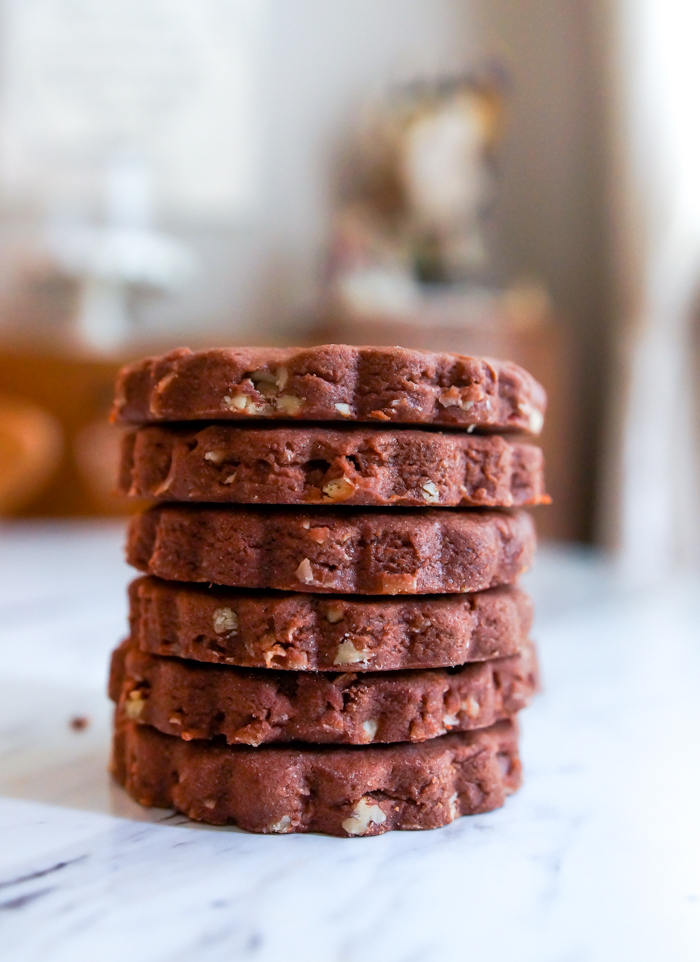

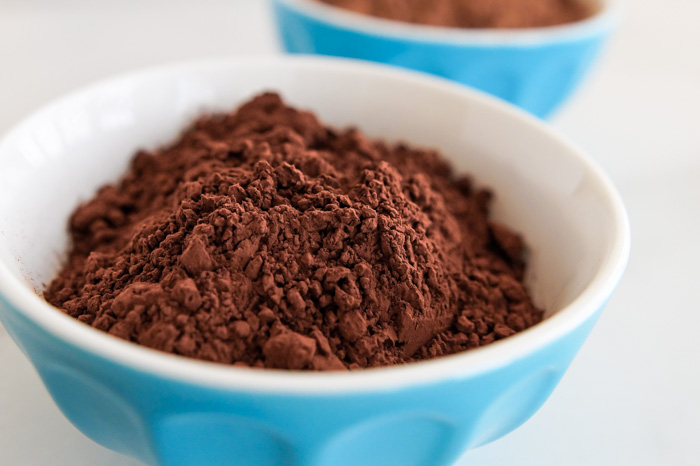
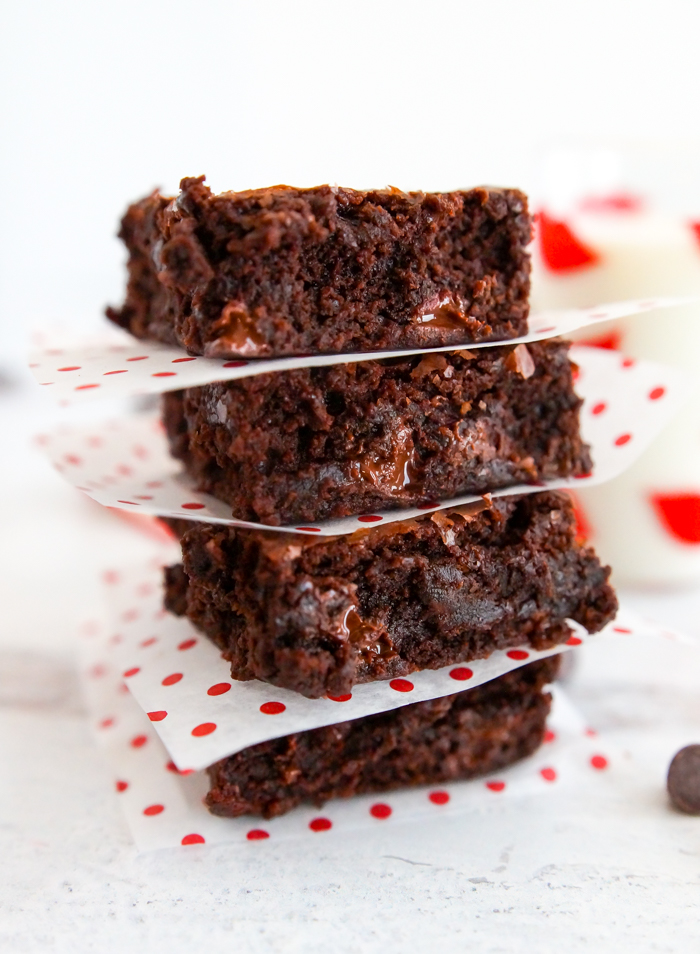
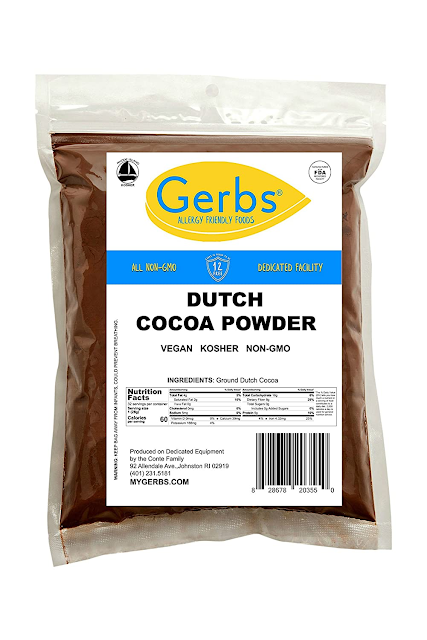

.jpg)

